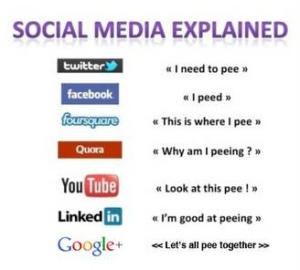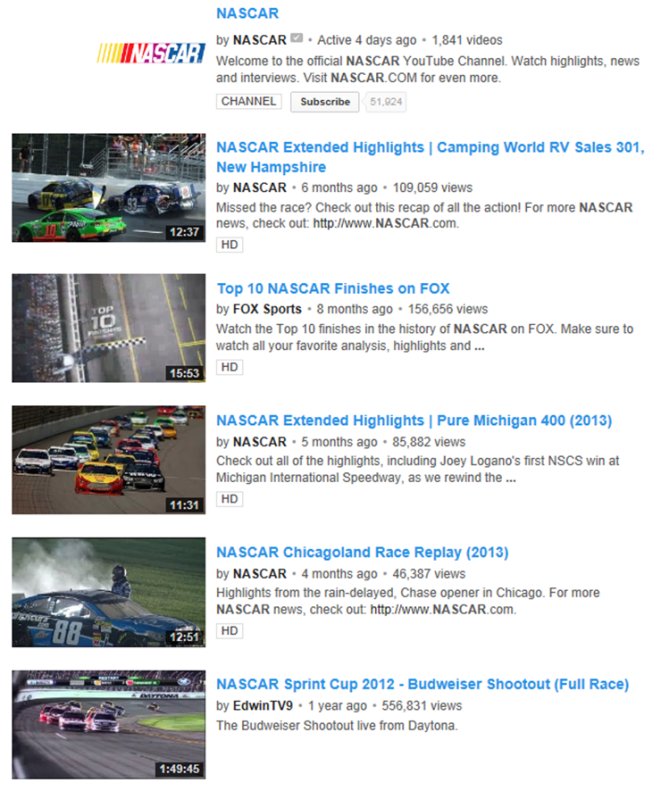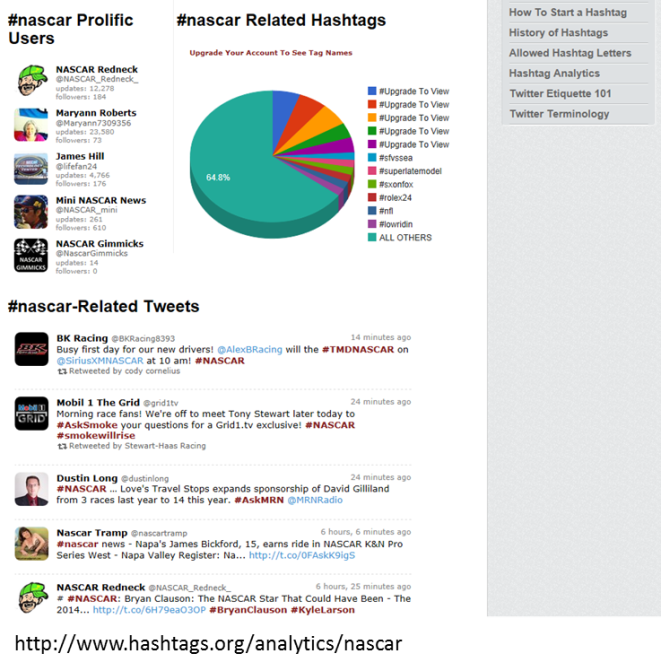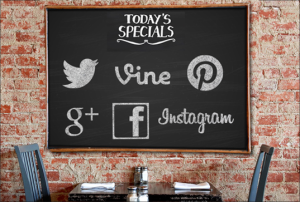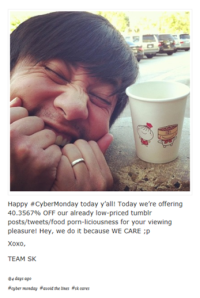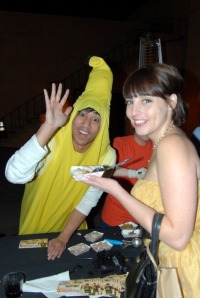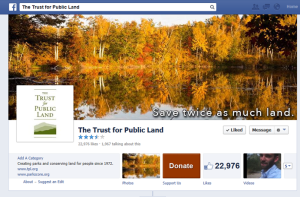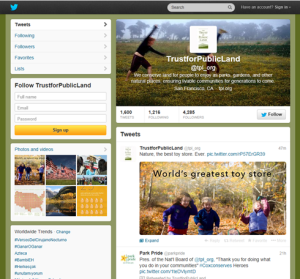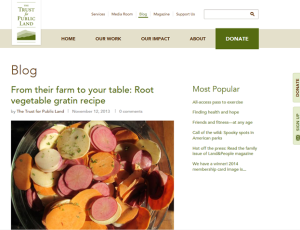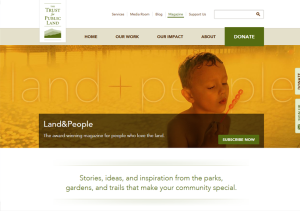There are many opinions about whose responsibility it is to monitor what a child is exposed to when it comes to marketing. On the one hand, the parent should monitor what messages are being delivered. On the other hand, this has become increasingly difficult to do with the advancements of technology reaching far beyond the television. Children are a coveted audience for many reasons. They have considerable influence over purchases made by their parents because they will become intolerable until the parents caves in. Many marketers take advantage of this awareness by promoting this behavior in an effort to create brand loyalty starting in the cradle. Advertisers spend an estimated $17 billion marketing specifically to children in the United States. Children are more influenced by commercialism than previous generations and this can present significant conflict with their parents.
With more than 200 million “Likes” on Facebook, the Walt Disney Company and all its entities (Disney) is one of the most powerful brands around, online and off. And they take this responsibility very seriously. They have dedicated teams to oversee all aspects of marketing and promotional practices, especially when it comes to children. They know children are impressionable and the Disney brand speaks not only to them but to their parents – who were once children – as well. Not only does Disney know how to acquire new customers, they have mastered the art of keeping them happy on a continual basis. Their target audience may be children, but the money comes from the pockets of their parents. Disney respects that.
Disney is diligent in its belief that parents know what is best for their family and strive to deliver marketing messages in a way that families are comfortable with. They adhere to the Children’s Advertising Review Unit (CARU) of the National Advertising Review Council (NARC) strict guidelines for all media outlets that target children 12 and under. These guidelines include that marketing must not be deceptive, inappropriate, unfair, or exploitative in any way. These self-imposed restrictions empower parents in the decision making process of what their child interprets – with their limited cognitive abilities – when they see anything from Disney.
This is evident in their website, disney.com, and the lack of blatant marketing messages from the initial point of entry throughout the site. Instead, Disney engages the visitor by offering access to any message of their individual selection rather than forcing the message on them.
Disney’s website is easy to find without prior knowledge of its address, being well positioned on numerous Internet search engines. Therefore, it is easy to see how Disney attempts to surround its existing and future consumers with a global marketing campaign that is immersive and crosses international borders with a minimum of change. They aggressively pursue new audiences as well as trying to maintain its current consumer base by driving traffic toward its website. Disney focuses on access to interactive online technology by specifically promoting Disney merchandise through the Internet and vice versa.
The packaging of Disney culture has now reached global markets once unattainable. The Internet, in particular, has delivered this culture to millions of households, schools and workplaces all over the world. Their website represents all of the individual Disney business units as a whole. Unlike any other promotional vehicle, disney.com has given all the Disney business units direct access to consumers’ homes and the ability to solicit immediate interaction.
The Disney web site is sleek and impressive to navigate. Visitors can view movie clips, TV schedules and episodes, games galore, music, events, and travel information, as well as a Disney shopping extravaganza. Children are engaged by being able to visit specific areas of interest and parents are relieved to know their children are in a safe place. Not only are children involved, but parents – especially moms – can learn successful parenting tips through Disney’s Spoonful, Babble, and BabyZone websites. Families can plan their Disney vacation, learn about upcoming movie releases, and get the inside scoop on all things Disney. Visitors can sign up to receive weekly emails and connect through social media outlets like Twitter and Facebook, and “Pin” Disney items to their Pinterest boards. And, of course, any data that is collected is mined by Disney to better personalize future marketing endeavors to these individuals.
Disney also advertises its website address in newsletters and at the end credits of its home videos and theatrically released features. Each of these cross-promotion vehicles drives traffic toward the disney.com home page while reminding audiences how easy it is to log on.
As long as Disney maintains its high standards of developing and distributing their marketing message, no immediate concerns are raised. It is important that the tactics and interactions are well crafted and thought out to continue building on the sense of community Disney has established through all of its media outlets. Looking at the content shared on Facebook, Twitter, and YouTube it is clear that the messages are not purely product-driven; in fact, they are more conversational and interactive in nature. Disney recognizes the importance of connecting with its fans and these new media marketing channels allows them to speak with each one individually.


